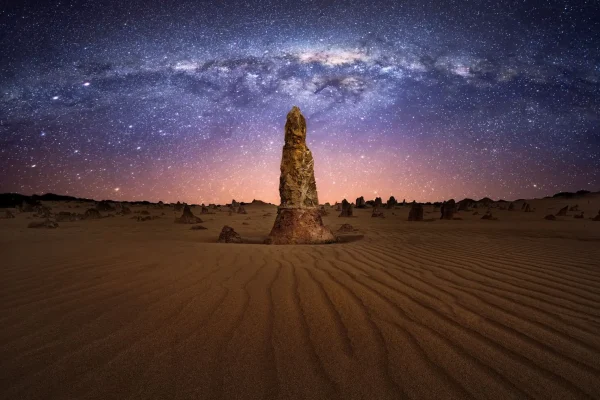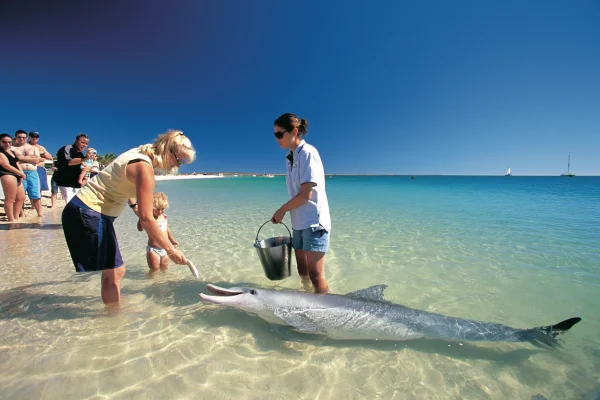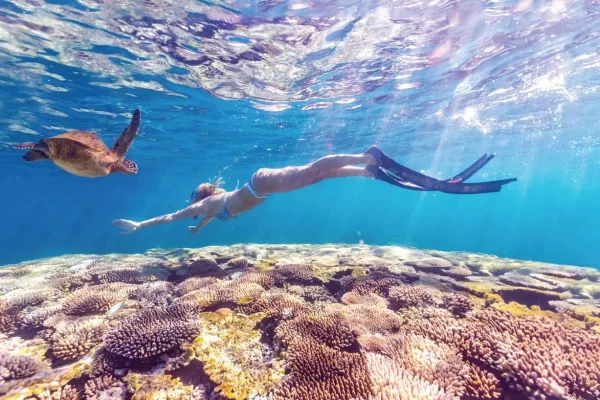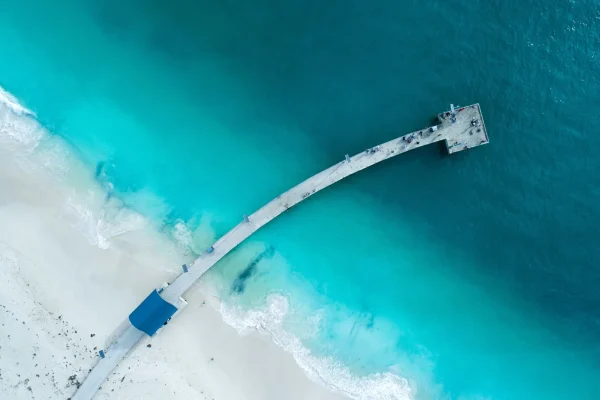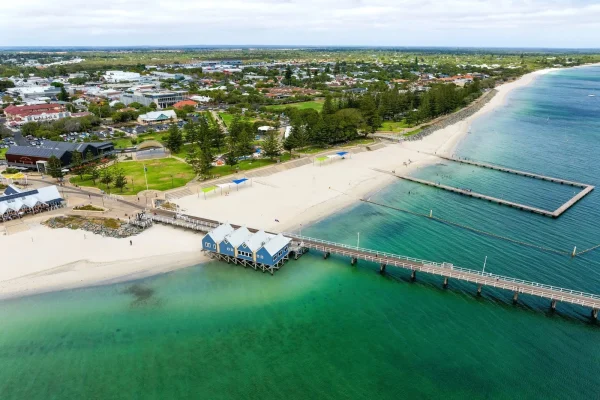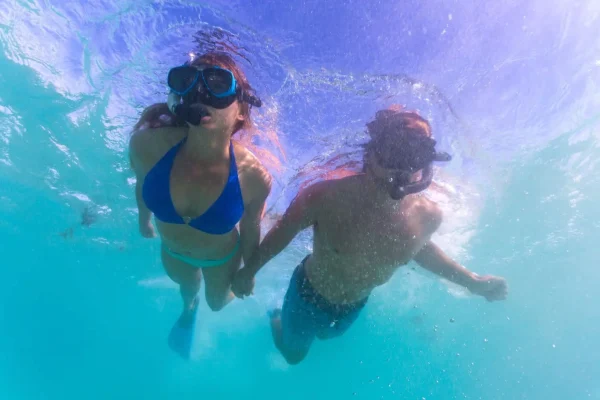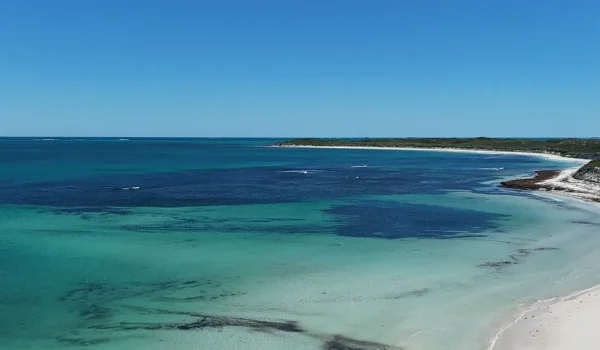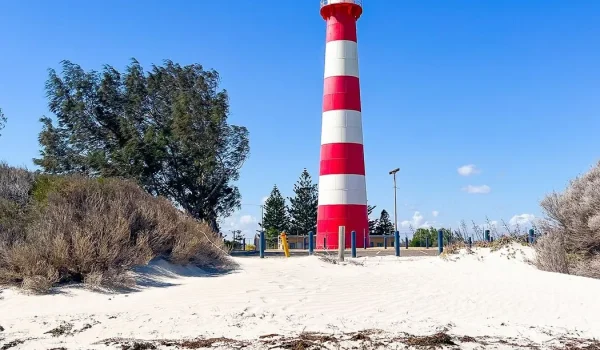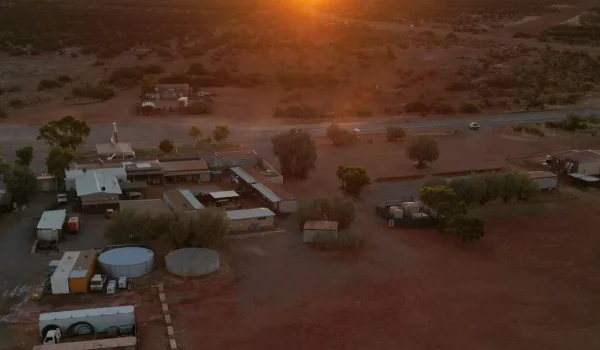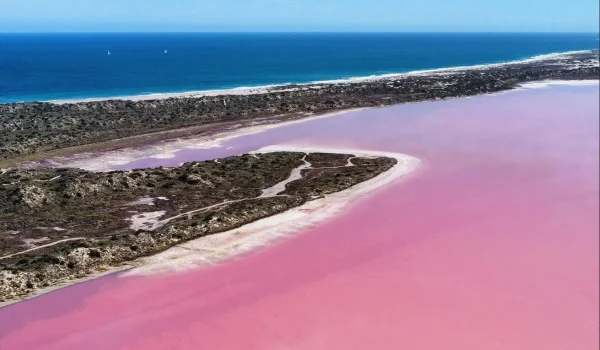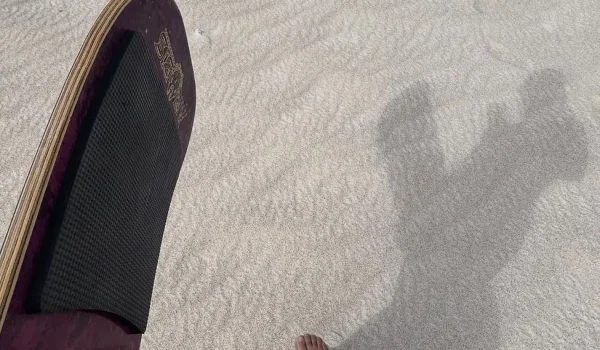The HMAS Sydney War Memorial on Mount Scott in Geraldton, Western Australia, is one of the most moving things I’ve seen in my years of dusty-boot travel. As I, Paul Beames, walked under the Dome of Souls, the Indian Ocean wind carried the weight of history – not just of the HMAS Sydney II but of every Australian sailor lost off the Western Australian coast during World War II. It pulls you in because it’s not just a memorial, it’s a story that connects the Royal Australian Navy, the German raider Kormoran and the people of Geraldton.
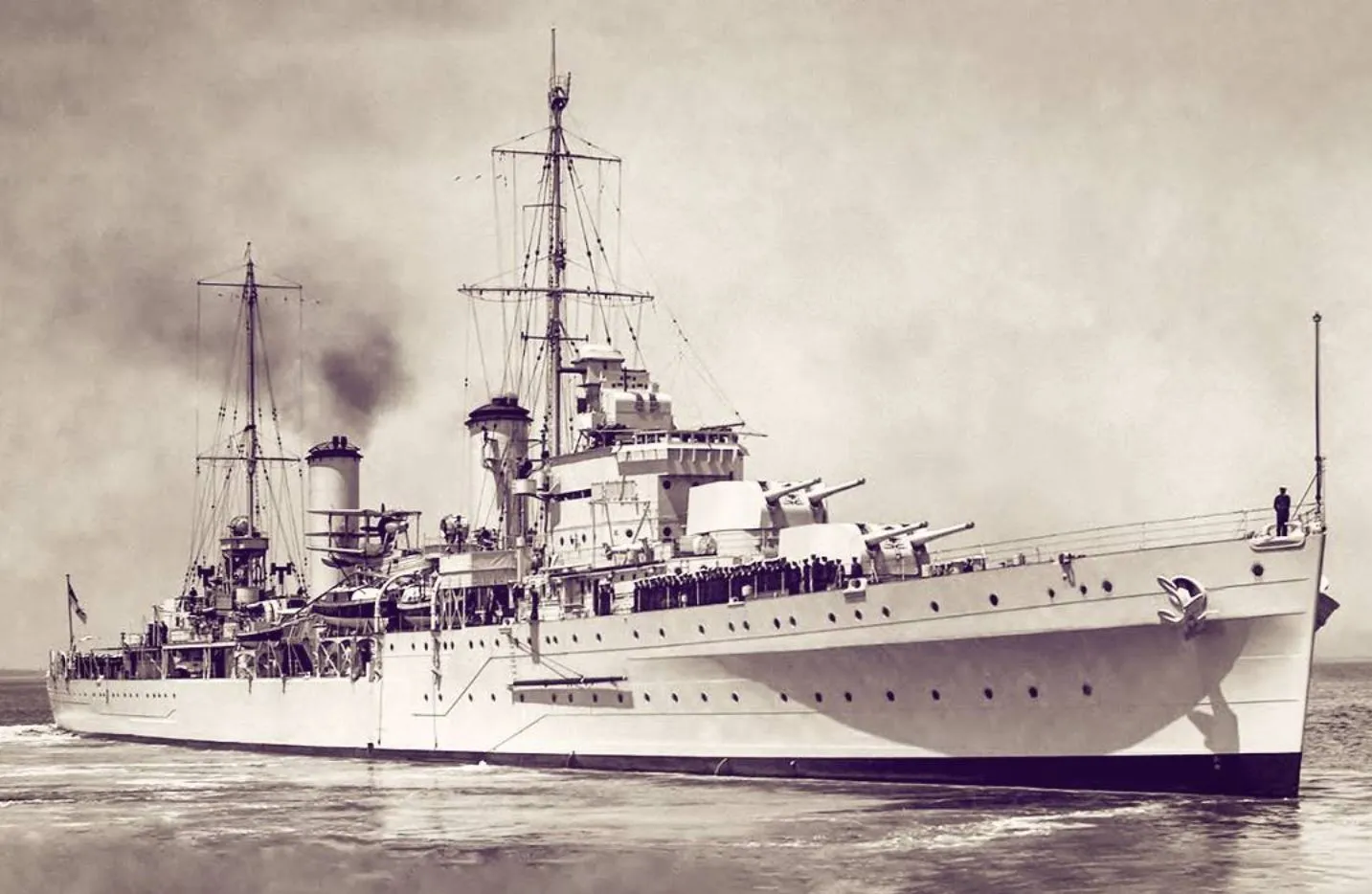
Australia’s Greatest Naval Tragedy
The Royal Australian Navy had already made its mark in World War I when HMAS Sydney I defeated the German raider SMS Emden near the Cocos Islands in 1914. That battle was celebrated across the country – an early victory that put Australia on the map as a naval force to be reckoned with. The gun from the Emden (known as the Emden gun) is still at the Australian War Memorial in Canberra, a reminder of that First World War battle.
Fast forward to World War II, and HMAS Sydney II carried the same proud name. On 19 November 1941, while patrolling off Dirk Hartog Island along the Western Australian coast, she engaged the disguised German raider Kormoran. The battle was fierce, close-range and deadly. Within hours, the Sydney was gone – all 645 men on board perished. The Carley float, later found drifting, became one of the few physical artefacts to survive.
For decades, German accounts were the only evidence of what happened. Families had no wreck site to mourn, no graves to tend. It wasn’t until 2008 that the wrecks of both Sydney II and Kormoran were found deep in the Indian Ocean, a joint effort between the Australian Government, the Royal Australian Navy and international experts. The mystery was finally solved, but the pain of the loss never went away.
Symbolism and Design Features on Mount Scott
Standing at the HMAS Sydney War Memorial today, you’ll see how every detail is layered with meaning. The Royal Australian Historical Society has called it one of the most important naval memorials in the Southern Hemisphere, and it’s even listed on the Australian National Heritage List for its cultural significance.
The Dome of Souls has 645 stainless steel gulls, representing the souls of the sailors lost. In the late afternoon light, the gulls seem to take flight across the Western Australian sky.
The Stele is shaped like a ship’s bow and points towards Sydney’s final resting place beneath the Indian Ocean.
The Pool of Remembrance reflects both sea and sky and is etched with the coordinates of the wreck site discovered near Carnarvon, WA, north along the Western Australian coast.
The Waiting Woman — perhaps the most powerful of all — looks out to sea, waiting forever for her sailor’s return.
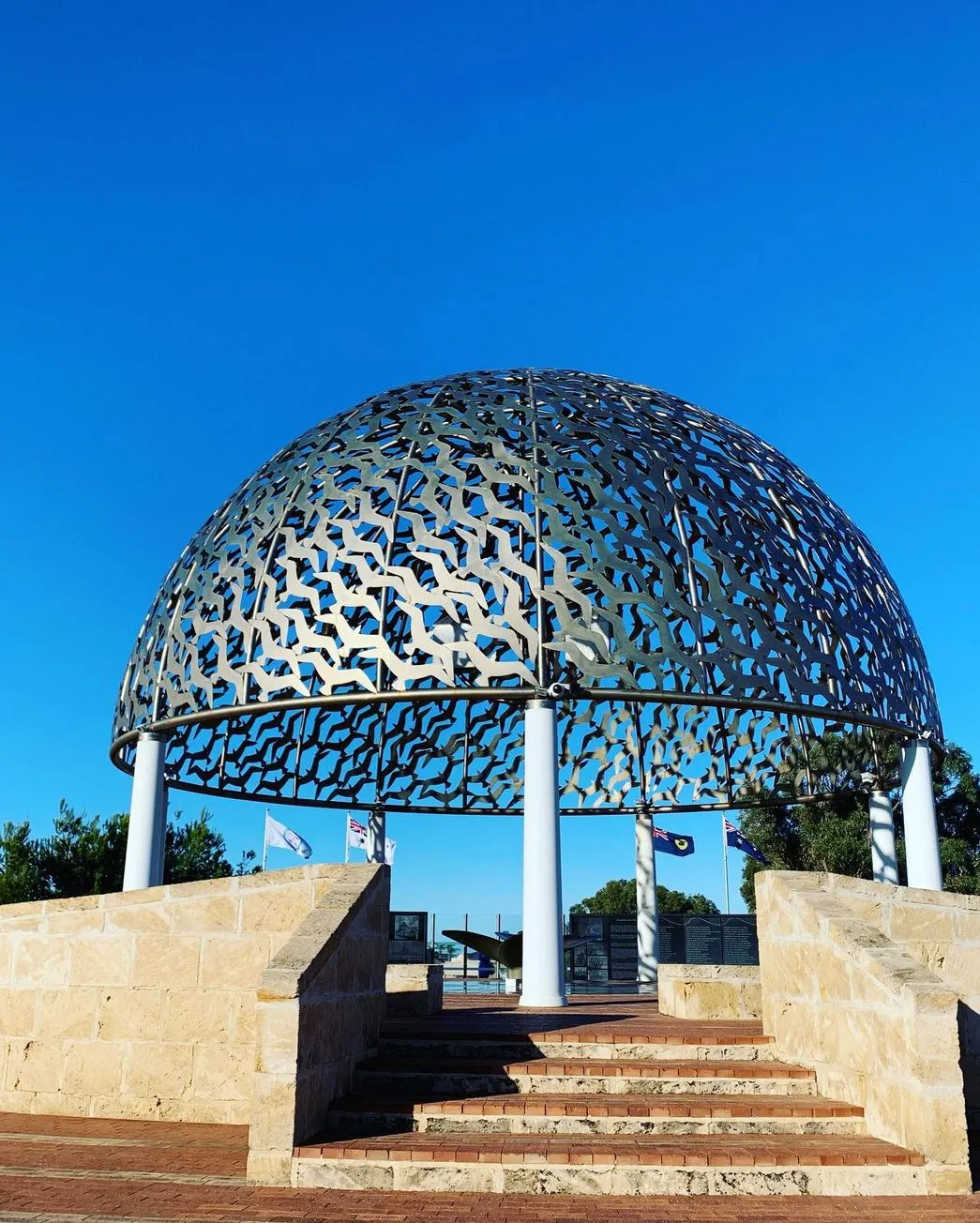

Connecting With Geraldton’s History
Geraldton isn’t just another regional port — it’s a place that has carried the story of HMAS Sydney II for generations. The town’s position on the Western Australian coast made it a natural site for the memorial, overlooking the Indian Ocean.
Local families campaigned hard for the memorial to be built, and when it was opened in 2001, it became the heart of Geraldton’s identity. Visit the Geraldton Museum and you’ll find exhibitions about the battle, including German evidence, Australian accounts and the role of the German East Asiatic Squadron in earlier conflicts.
This connection to naval history runs deep. Garden Island near Perth, home to Australia’s main naval base, has its own Sydney stories. Even the Cocos Keeling Islands — where Sydney I sank the Emden in World War I — are part of the long thread that ties Geraldton to national history.
Getting to the Memorial on Mount Scott
The HMAS Sydney War Memorial sits high on Mount Scott, with views over Geraldton and the Indian Ocean. It’s about 10 minutes from the town centre and the road is sealed, so cars, campervans and even pushbikes are welcome if you’re feeling keen for a workout.
Getting there checklist:
- Located: Mount Scott, Geraldton, WA.
- Entry: Free, open 24/7.
- Parking: On-site, buses and caravans welcome.
- Accessibility: Paved paths, wheelchair friendly.
- Nearest fuel stop: Geraldton centre (fill up before you go).

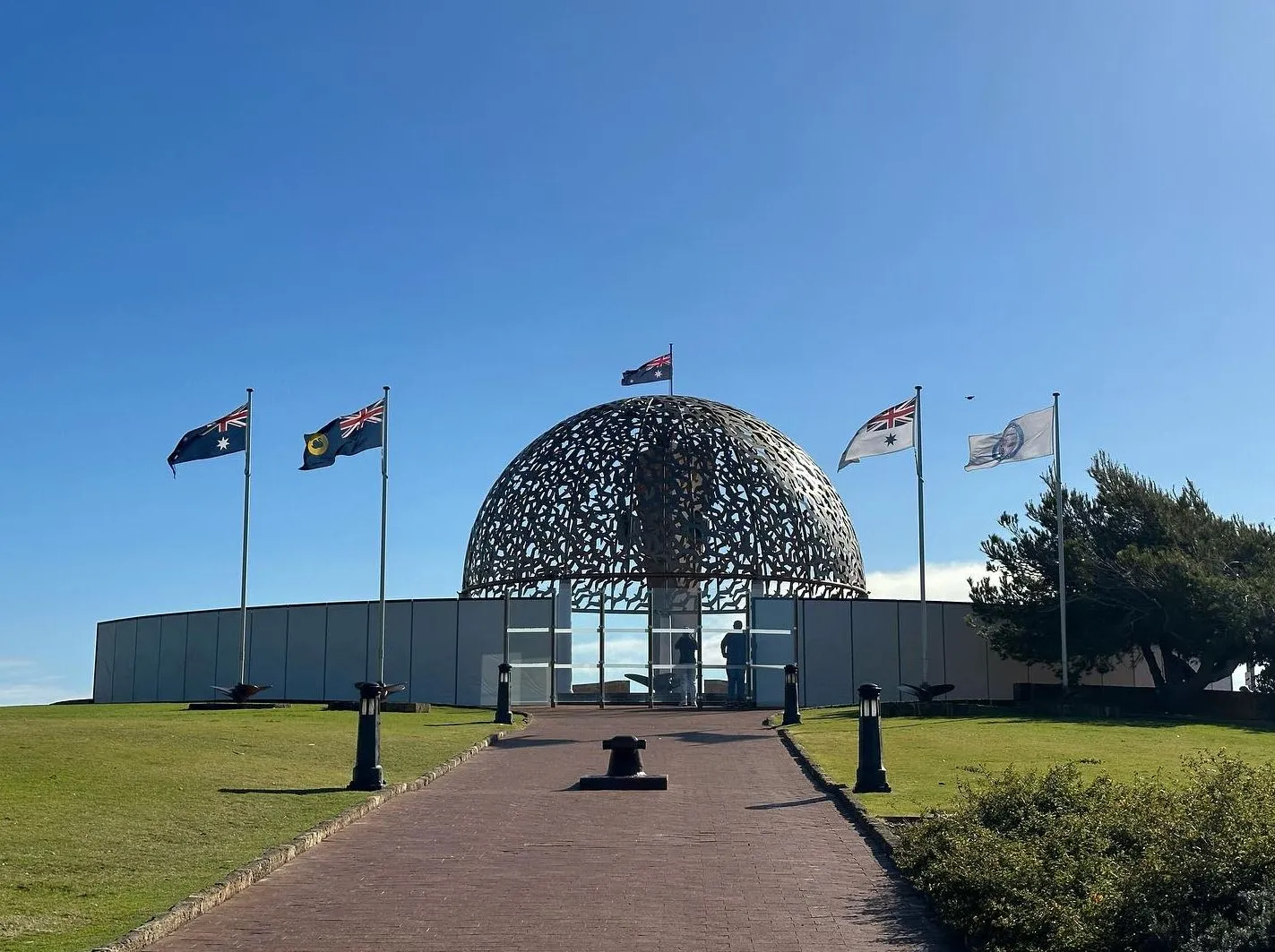
When to Go for the Best Views and Weather
The memorial is open all year, but some times are better than others.
- Dawn: Watch the first light hit the Dome of Souls — quiet, peaceful and mozzie-free.
- Sunset: The sky turns gold and orange over the Indian Ocean, and the gulls are silhouetted against the fading light.
- Spring: Combine your visit with wildflower season inland; Geraldton is a hub for roadtrippers heading north.
- Summer: It can get bloody hot by midday, so go early or late.
Traveller tips and local hacks
Over the years, I’ve picked up a few honest tips:
- Bring water and a hat — Geraldton sun is no joke.
- No café on site — grab a pie or fish and chips down at the foreshore before or after.
- Combine with other history stops — the Carnarvon Fascine, further north, has naval history displays, and the Australian War Memorial in Canberra has more archives. If you’re heading north on a 4 Day Monkey Mia Tour from Perth, Geraldton and the HMAS Sydney War Memorial are a great stop on the way.
- Respect the space — it’s not a backdrop for selfies; it’s a war grave.
- Look out for guided tours — local RSL and heritage volunteers sometimes run storytelling walks.
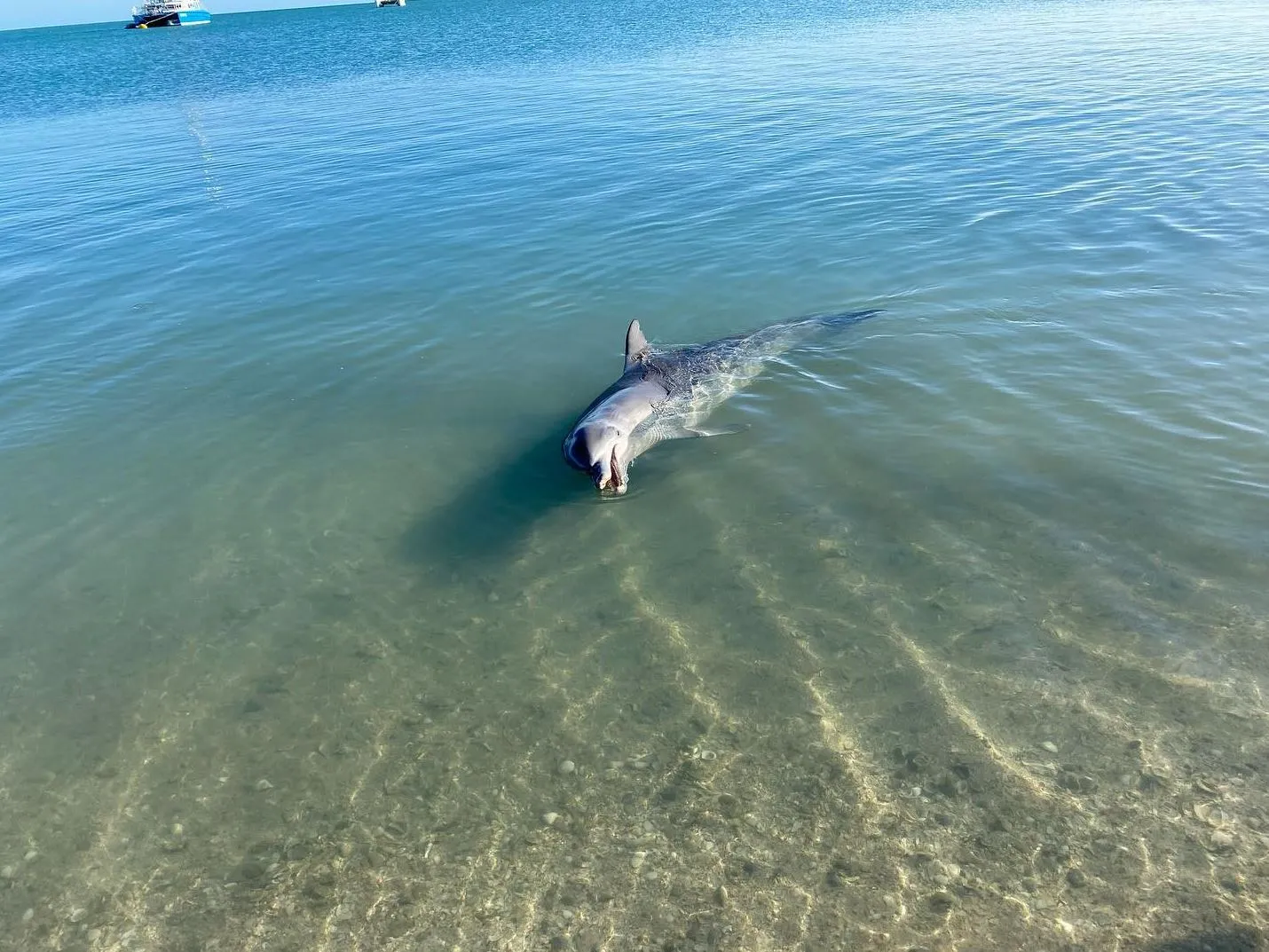
Table: HMAS Sydney War Memorial Quick Facts
| Feature | Details |
| Location | Mount Scott, Geraldton, Western Australia |
| Dedicated | 18 November 2001 |
| Ship commemorated | HMAS Sydney II, lost in 1941 during World War II |
| Opponent | German raider Kormoran |
| Sailors lost | 645 (all hands) |
| Key symbols | Dome of Souls, Stele, Waiting Woman, Pool of Remembrance |
| Accessibility | Wheelchair accessible, paved paths |
| Entry | Free, open 24/7 |
| Recognition | Australian National Heritage List |
| Annual visitors | ~120,000 (City of Greater Geraldton data) |
| Nearby historic links | Cocos Keeling Islands, Dirk Hartog Island, Carnarvon, WA |
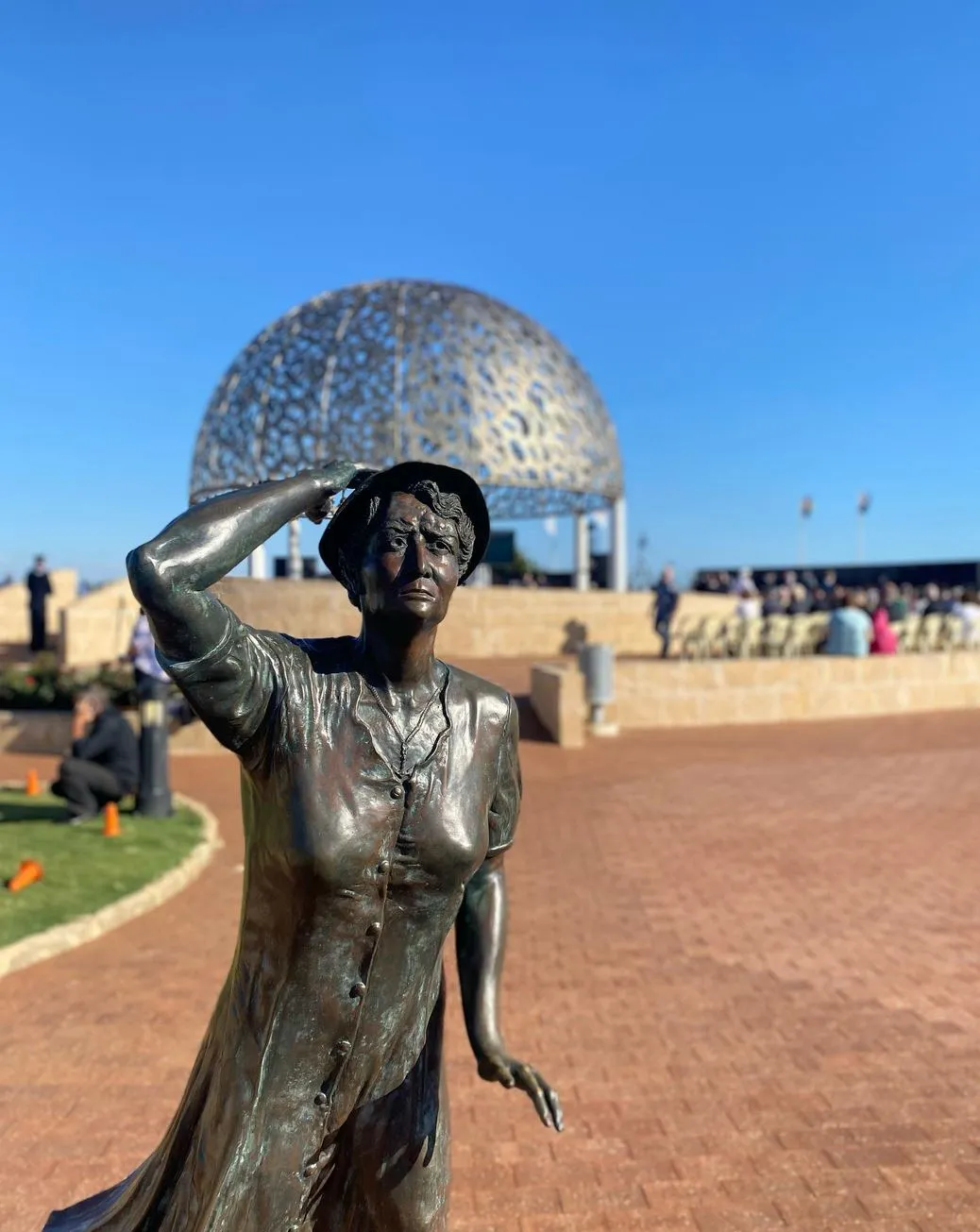
A Personal Yarn From the Road
On my first trip up the West Australian coast, I was just passing through Geraldton on my way to Carnarvon. I’d heard of the HMAS Sydney War Memorial but thought it was just another stop. I’d already seen the Emden gun at the Australian War Memorial in Canberra and thought I knew the story.
I was wrong. Standing under the Dome of Souls, listening to the seagulls clinking in the sea breeze, I met a bloke whose uncle had been on Sydney II. His family had lived with the German version of the story for decades, no wreck, no proof, just whispers and silence. That yarn stayed with me longer than the road dust in my swag.
This memorial isn’t just history on a plaque — it’s living grief, healing and resilience. For travellers, it’s a chance to connect with stories that stretch from Keeling Island to Garden Island, from World War I to World War II, from the German High Seas Fleet to the Royal Australian Navy.
FAQ
Is the HMAS Sydney War Memorial on the Australian National Heritage List?
Yes, it’s formally recognised for its national historical and cultural significance.
What’s the link between HMAS Sydney I and II?
HMAS Sydney I sank the German raider SMS Emden in World War I near the Cocos Keeling Islands. HMAS Sydney II carried the name into World War II and was sunk by the German raider Kormoran.
Can I see artefacts from Sydney II at the memorial?
The memorial itself is symbolic. Artefacts such as the Carley float are in museums, including the Australian War Memorial in Canberra.
Is the site wheelchair accessible?
Yes. The paths are paved.
What else should I see in Geraldton?
Geraldton Museum for more naval history, Point Moore Lighthouse, and during wildflower season, take a trip inland.

